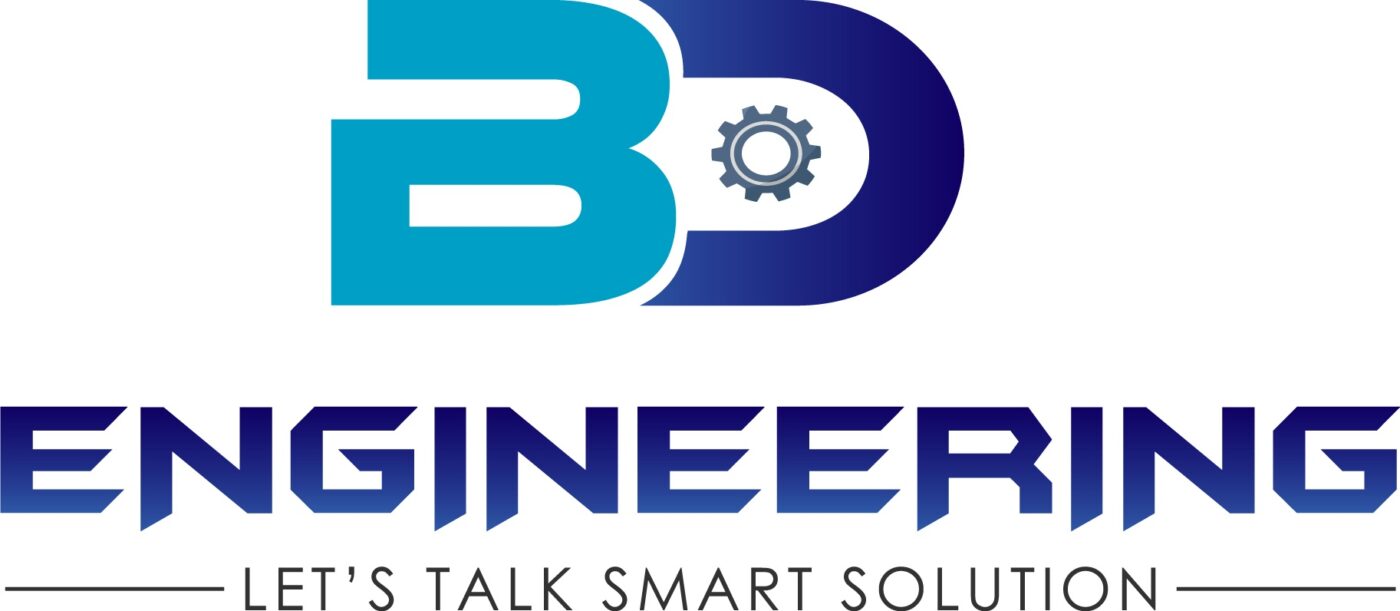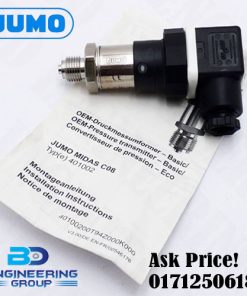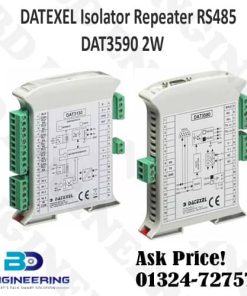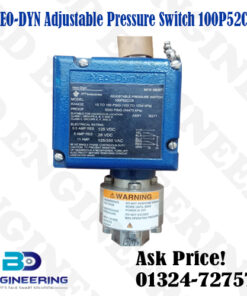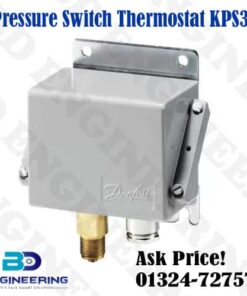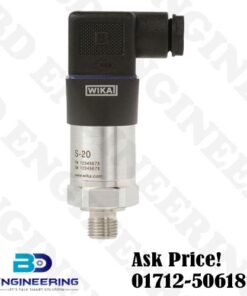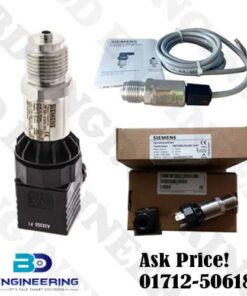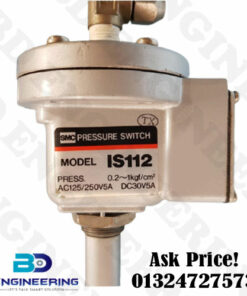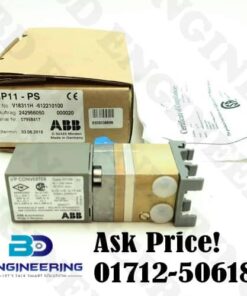A pressure sensor is a device for the pressure measurement of gases/liquids. A pressure sensor usually acts as a transducer; it generates a signal as a function of the pressure imposed, pressure sensor, pressure transducer, transmitter, Pressure Sensor, The pressure is an expression of the force required to stop a fluid from expanding and is usually stated in terms of force per unit area measured 4-20 mA, 0-10VDC, Hi-pressure sensor make flow monitoring, flow sensor, measuring instrument of gas control, gas burner device, Potentiometric pressure sensors…Inductive pressure sensors… Capacitive pressure sensors…Piezoelectric pressure sensors…Strain gauge pressure sensors…Variable reluctance pressure sensors.
There are a variety of pressure-sensing technologies or sensing principles capable of transducing pressure into a quantifiable and standardized electrical signal. This article will fixate on the force collector types, which are the ones that utilize a force gauge (i.e. diaphragm) to quantify strain (or deflection) due to applied force over an area (pressure).
Resistive or piezoresistive effect: Resistive pressure sensors utilize the vicissitude in electrical resistance of a strain gauge bonded to the diaphragm (withal kenned as a flexure element) that is exposed to the pressure medium.
Pressure Transmitter
Pressure Transmitter
Pressure Transmitter
DATEXEL Isolator Repeater RS485 DAT3590 2W for Husky Machine Communication
Pressure Transmitter
Pressure Transmitter
Pressure Transmitter
Pressure Transmitter
Danfoss Pressure transmitter MBS3000 0-25 bar 362.59 PSI 060G1430
Pressure Transmitter
Siemens Pressure Transmitter SITRANS P220 7MF1567-3BE00-1AA1
Pressure Transmitter
SITRANS TRANSMITTER 7MF4433-1DA02-2AB1-Z SIEMENS 2.5-250MBAR
Pressure Transmitter
Pressure Transmitter
Pressure Transmitter
ABB ACTUATORS POSITIONER CONVERTER TEIP11-PS I/P 22/06 4-20ma
A pressure sensor is defined as a transducer that converts an input mechanical pressure into an electrical output signal (pressure sensor definition). There are several types of pressure sensors predicated on size, capacity, quantification method, sensing technology, and output requisites. #Gas #Water #Liquid # Hydraulic/pneumatic #Corrosive media
